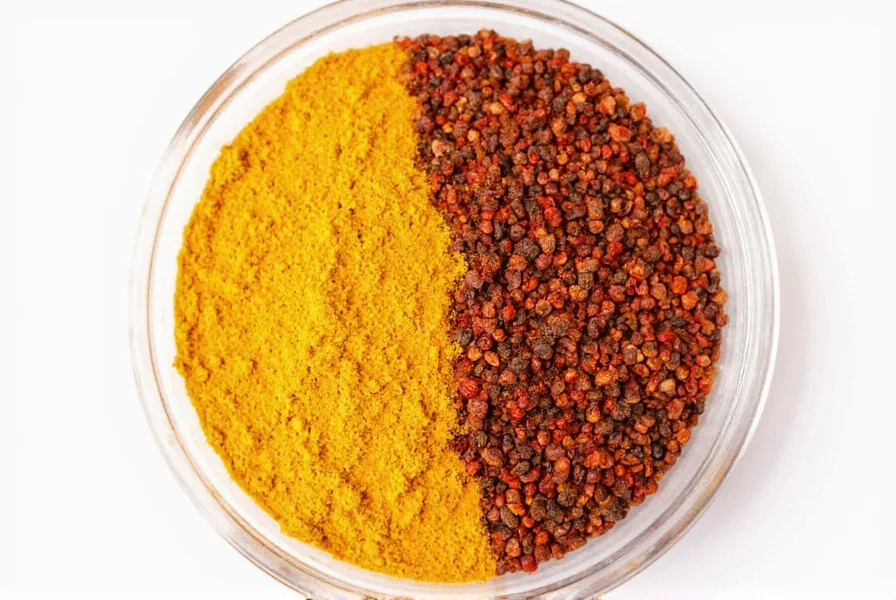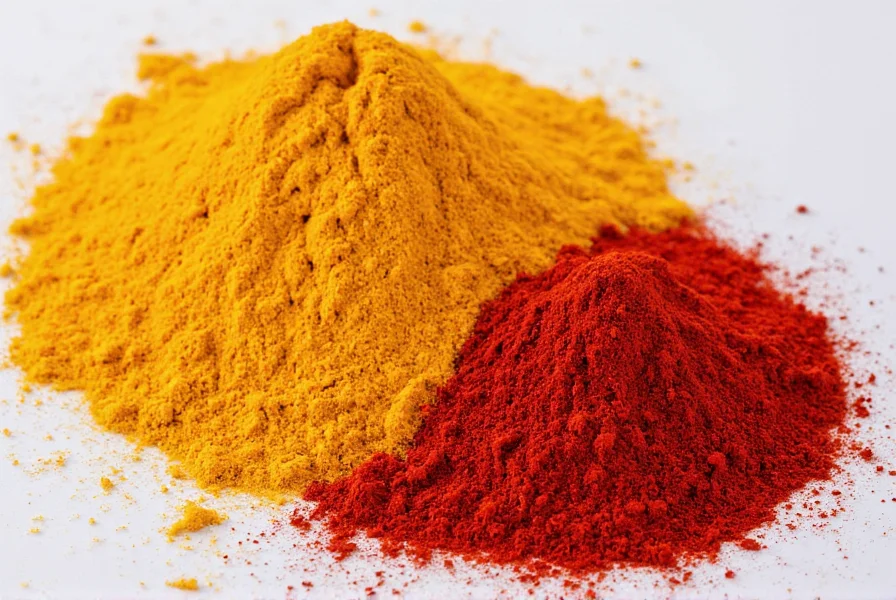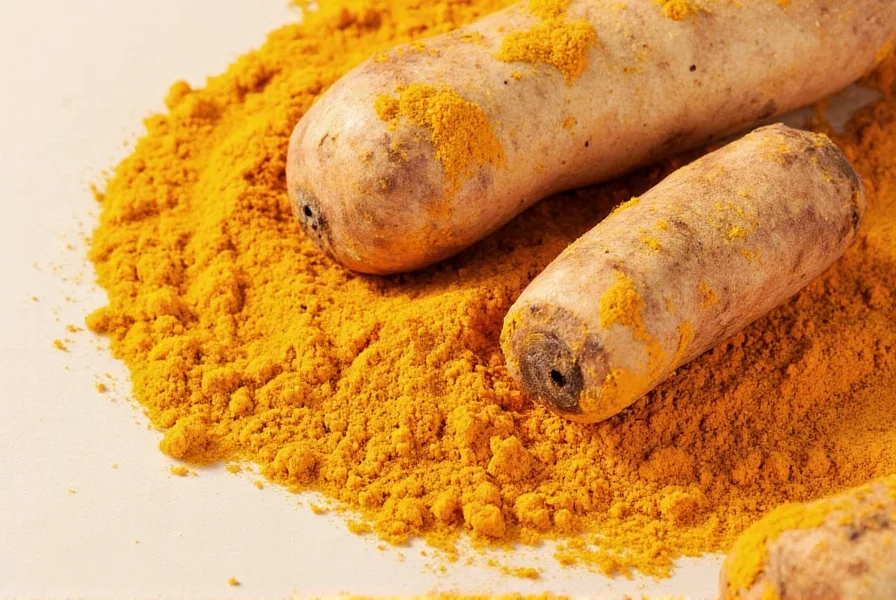For decades, traditional medicine systems have paired turmeric with black pepper, but modern science has now confirmed why this combination is so powerful. The active compound in turmeric, curcumin, has notoriously poor bioavailability on its own—your body struggles to absorb and utilize it effectively. Black pepper contains piperine, which inhibits certain metabolic processes that would otherwise break down curcumin too quickly. This scientific synergy transforms turmeric from a spice with limited absorption into a potent health-supporting compound.
The Science Behind Turmeric and Black Pepper Synergy
Curcumin, the primary bioactive compound in turmeric, offers impressive anti-inflammatory and antioxidant properties. However, research shows that when consumed alone, curcumin has extremely low bioavailability due to three main factors: poor absorption in the gut, rapid metabolism, and quick systemic elimination. Studies indicate that without enhancement, less than 1% of consumed curcumin enters the bloodstream.
Black pepper's piperine component addresses these limitations directly. A landmark 1998 study published in Planta Medica demonstrated that when curcumin was combined with piperine, its bioavailability increased by an astonishing 2,000%. Piperine achieves this by inhibiting enzymes in the liver and intestinal wall that would normally break down curcumin before it can be utilized by the body.
| Compound | Natural Source | Primary Function | Bioavailability Impact |
|---|---|---|---|
| Curcumin | Turmeric root | Anti-inflammatory, antioxidant | Less than 1% absorbed alone |
| Piperine | Black pepper | Bioavailability enhancer | Increases curcumin absorption by up to 2,000% |
Health Benefits of the Turmeric-Pepper Combination
The enhanced bioavailability from combining turmeric and black pepper translates to significantly greater health benefits compared to turmeric alone. Research indicates this powerful pairing may:
- Reduce inflammation markers more effectively than turmeric alone
- Provide stronger antioxidant protection against cellular damage
- Support joint health and mobility, particularly for those with osteoarthritis
- Enhance cognitive function and potentially protect against neurodegenerative conditions
- Support cardiovascular health through improved endothelial function
A 2016 review in Food Science & Nutrition analyzed multiple clinical trials and concluded that the turmeric-black pepper combination demonstrated significantly greater therapeutic effects than curcumin alone across various health parameters. The researchers noted that "the addition of piperine represents a simple yet highly effective strategy to maximize the health benefits of turmeric consumption."
Practical Application: How to Use Turmeric and Pepper Together
Understanding the science is valuable, but implementing it effectively matters most. Here's how to maximize the benefits of this powerful combination:
Optimal ratio: Research suggests using approximately 1/4 teaspoon of black pepper for every teaspoon of turmeric. This ratio provides enough piperine to significantly enhance absorption without overwhelming the flavor profile.
Best consumption methods:
- Add both spices to warm dishes like soups, stews, and curries
- Mix with healthy fats (coconut oil, olive oil) as curcumin is fat-soluble
- Create a "golden milk" beverage with turmeric, black pepper, and plant-based milk
- Combine with lemon or other acidic components to further enhance stability

Safety Considerations and Potential Interactions
While turmeric and black pepper are generally safe as culinary spices, certain considerations apply when consuming them in larger quantities or for therapeutic purposes:
- Medication interactions: Both turmeric and black pepper can interact with blood thinners, diabetes medications, and certain chemotherapy drugs
- Digestive sensitivity: High doses may cause gastrointestinal discomfort in some individuals
- Pregnancy: Consult a healthcare provider before using therapeutic doses during pregnancy
- Gallbladder issues: Turmeric may stimulate bile production, which could be problematic for those with gallstones
For most people, incorporating culinary amounts (about 1-3 grams of turmeric with a pinch of black pepper daily) presents minimal risk. However, those considering higher therapeutic doses should consult with a healthcare professional, especially if managing health conditions or taking medications.

Maximizing Your Turmeric Experience
To get the most from your turmeric and pepper combination, consider these evidence-based tips:
- Always pair turmeric with black pepper when seeking health benefits
- Include a healthy fat source in the same meal to further enhance absorption
- Consider timing—some research suggests taking turmeric with meals improves tolerance
- Freshly ground black pepper contains more active piperine than pre-ground versions
- Store turmeric in a cool, dark place to preserve its potency
The turmeric and black pepper combination represents a perfect example of how traditional wisdom aligns with modern science. By understanding and applying this knowledge, you can transform an ordinary spice into a powerful tool for supporting your health and wellbeing.
Frequently Asked Questions
How much black pepper should I use with turmeric for maximum absorption?
Research suggests using approximately 1/4 teaspoon of black pepper for every teaspoon of turmeric. This ratio provides enough piperine (the active compound in black pepper) to significantly enhance curcumin absorption without overwhelming the flavor. Even a small amount of black pepper—about 20mg of piperine, which is roughly 1/20th of a teaspoon—can increase curcumin absorption by up to 2,000%.
Can I use white pepper instead of black pepper with turmeric?
No, white pepper is not an effective substitute for black pepper when enhancing turmeric absorption. The key compound needed is piperine, which is found in significantly higher concentrations in black pepper (5-9%) compared to white pepper (1-2%). Black pepper contains the highest concentration of piperine, making it the optimal choice for maximizing curcumin bioavailability from turmeric.
How long does it take to notice benefits from turmeric and black pepper?
The timeframe for noticing benefits varies depending on the individual and the specific health concern. For inflammatory conditions like joint pain, some people report improvements within 2-4 weeks of consistent daily consumption. However, research suggests that for optimal results, it's recommended to consume turmeric with black pepper consistently for at least 4-8 weeks. Blood tests measuring inflammatory markers often show significant changes after 6-12 weeks of regular consumption.
Does the type of turmeric affect how well it works with black pepper?
Yes, the form of turmeric impacts its effectiveness when combined with black pepper. Fresh turmeric root contains about 3-6% curcumin, while dried turmeric powder contains 2-9%. Standardized curcumin extracts (95% curcuminoids) provide the highest concentration. Regardless of the turmeric form, adding black pepper significantly enhances absorption, but the absolute amount of curcumin available will depend on the starting concentration in your turmeric product.
Can I take turmeric and black pepper on an empty stomach?
While possible, it's generally recommended to consume turmeric and black pepper with food, particularly with healthy fats. Curcumin is fat-soluble, so consuming it with dietary fats (like olive oil, coconut oil, or avocado) significantly improves absorption. Taking it on an empty stomach may cause gastrointestinal discomfort for some individuals and reduces the overall bioavailability compared to taking it with a meal containing healthy fats.











 浙公网安备
33010002000092号
浙公网安备
33010002000092号 浙B2-20120091-4
浙B2-20120091-4